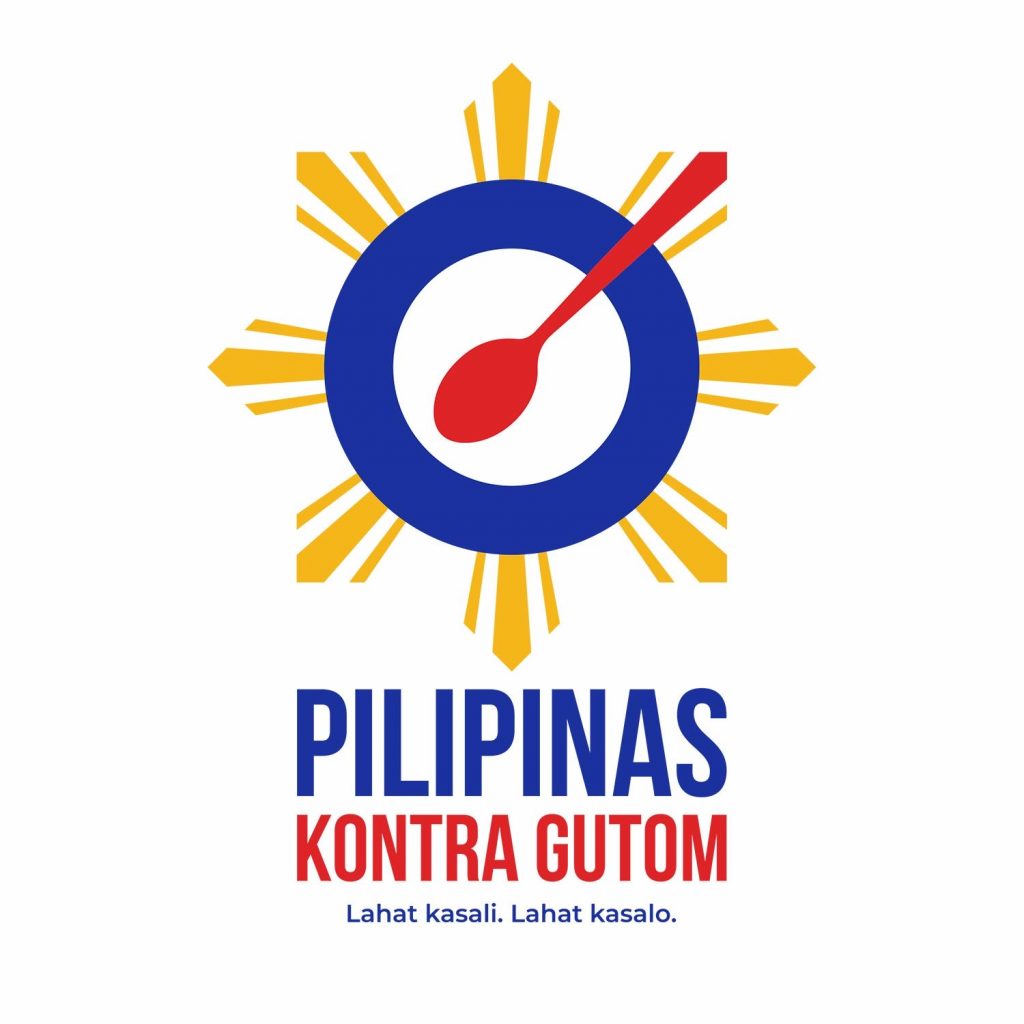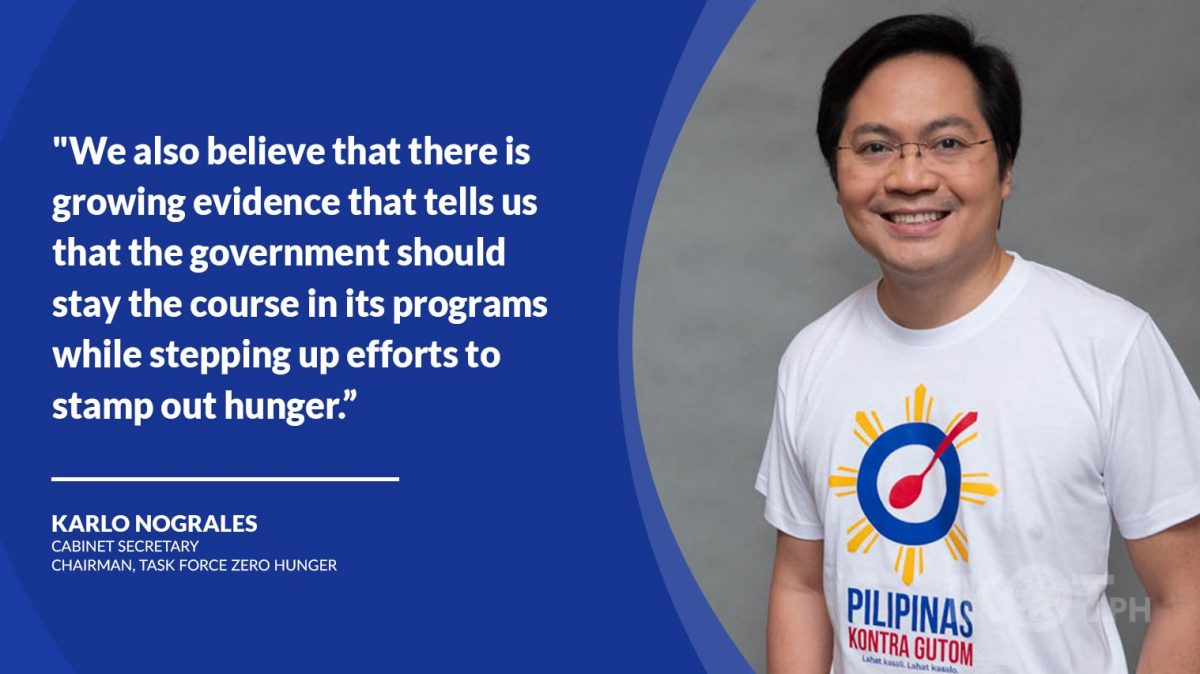The government will continue to ramp up efforts to make food affordable, accessible, and available in order to sustain the momentum that has led to the record-low self-rated food poverty figures under the administration of President Rodrigo Duterte.
This according to Cabinet Secretary Karlo Nograles, who on Sunday said that the Zero Hunger Task Force is looking closely at recent self-rated food poverty survey data in order to identify the areas of concern that need to be addressed.
“We note that self-rated food poverty for the month of May (32%) is close to the average self-rated food poverty rate in 2020 (31%), given the limitations in livelihood as a result of pandemic restrictions,” said the Palace official.
“We also believe that there is growing evidence that tells us that the government should stay the course in its programs while stepping up efforts to stamp out hunger,” stressed the Zero Hunger Task Force Chair.
Based on the recent Social Weather Stations survey on self-rated food poverty, the Duterte Administration has the lowest average self-rated food poverty figures among all post-Edsa presidents, at 31.8%, which ranged from a low of 31% (2016, 2019, and 2020) to a high of 33% (2017, 2018).
“While it’s true that we have made some progress in addressing hunger, these figures indicate that we still have a lot of work to do.”
The lowest average annual self-rated poverty figure––31%––was hit thrice during the current administration.
According to Nograles, the formation of the Zero Hunger Task Force and efforts by the Department of Agriculture to improve local food production “may have had a positive impact and may have helped prevent self-rated food poverty numbers in 2020 from increasing due to the pandemic lockdowns.”

The Philippine Statistics Authority had recently reported that the country’s estimated self-sufficiency for ratio aggregated food products had increased from 81.3 percent in 2019 to 83% in 2020, which means that 83% of the country’s food supply in 2020 came from domestic production.
The Davao native pointed out that while self-rated food poverty between November 2020 and May 2021 has gone down by five percentage points in Metro Manila and four percentage points in the Visayas, it has held steady in Balance Luzon and increased by 11 percentage points in Mindanao.
The Cabinet official said, however, that the May 2021 self-rated food poverty figure of 32% “represents almost a third of those surveyed––and this is still a significant number of families.”
“While it’s true that we have made some progress in addressing hunger, these figures indicate that we still have a lot of work to do.”
The Davao native pointed out that while self-rated food poverty between November 2020 and May 2021 has gone down by five percentage points in Metro Manila and four percentage points in the Visayas, it has held steady in Balance Luzon and increased by 11 percentage points in Mindanao.
“We will really have to focus on Mindanao and explore what interventions can be made to address hunger in the South; kailangan talaga tumutok dyan, kailangan natin magtulungan para tugunan ang kagutuman sa Mindanao.”


